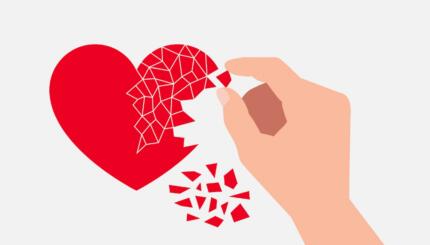I recently attended a panel discussion at Tougaloo College about the Kneel-Ins of 1963-1964 — a peaceful, student-focused movement promoting desegregation of churches in the sSouth.
Reverend Ed King, the former chaplain of Tougaloo College who helped students organize these church visits, spoke about the conversations he had with Medgar Evers on this topic shortly before Evers, a local leader of the NAACP, was assassinated. Mrs. Ida Hannah Sanders and Mrs. Camille McKey, African-American women who fought for change in Mississippi, spoke about walking up the steps of Jackson’s white Protestant churches as sophomores in college, not sure if they would be arrested for daring to try to worship with Christians of a different color. Mr. Joe Reiff spoke about what it was like as a 9-year-old white boy sitting in his mother’s car, watching those young women endure hate speech from the same parishioners who preached love and justice in his Sunday School class.
The narrative they painted for the audience was courageous, humbling, and moving. It is one thing to study the Civil Rights Movement in a class or at a museum; it is another to hear a grandmother recount the clash of holiness and hatefulness as church buildings became battlefields.
Looking around the chapel, I could see older folks mulling over the past and wondering about the future. Suddenly, a professor in the audience raised the question: Where are the young people?
I hear this question at many of these events. Aging veterans of the Civil Rights Movement sit in libraries, churches, and universities ready to share their stories, but a large portion of the audience is missing. At a similar panel at the local synagogue that same week, speakers focused on how Mississippi Civil Rights Leaders worked with the Jewish community in the past and then shared strategies for how people can continue collaborating on similar work today. Once again, the average age of the audience was around 55; I was one of the only 20somethings in the room.
Mrs. McKey offered a tongue-in-cheek response to the professor’s question: “It might be that young people don’t really like to hear about the stories of the past. It’s us old folks that really like to talk about it.”
I would counter that perhaps it’s not as bleak as it might appear when there aren’t that many young people in the room at these events in churches and synagogues. From what I’ve seen, young people have taken on the torch passed to them, and are already busy at work.
I see my peers fighting for racial justice, advocating for policy change, and elevating previously silenced voices in movements like Black Lives Matter. Although they might not be sitting in the pews, they are engaging with their own audiences and discovering new, effective ways of organizing through social media.
During the Civil Rights movement, religion was the entry point for many young activists. Significant planning meetings were held in houses of worship and some of the most memorable speeches and songs of the day are rooted in Biblical references. Within the Jewish community, the inverse seems to have become true for many people in my generation. Religious institutions might not be where we congregate — but we are finding venues into Judaism through our drive to engage in social justice.
Millennials as a whole seem to be entering into civil rights conversations from places unknown or unseen by the previous generation. We are doing the work differently, but we are not necessarily doing different work.
With that said, I do also believe that young people need to learn about the past so that we can glean our predecessors’ wisdom before it’s too late. That’s why I wish more of us were at events like the ones recently held at Tougaloo College, at churches, at synagogues—not because of the building and its pews, but because of the wise people who filled them decades ago and are still showing up now. Our elders can teach us so much, and they can also learn about the ways that we younger change-makers are showing up, even if it’s not where the older generation expects us to be.
The challenge we all face is how to meet each other in the middle, regardless of venue, to connect the powerful lessons of yesterday with today’s movements, pushing us toward a more conscientious and equitable tomorrow.



